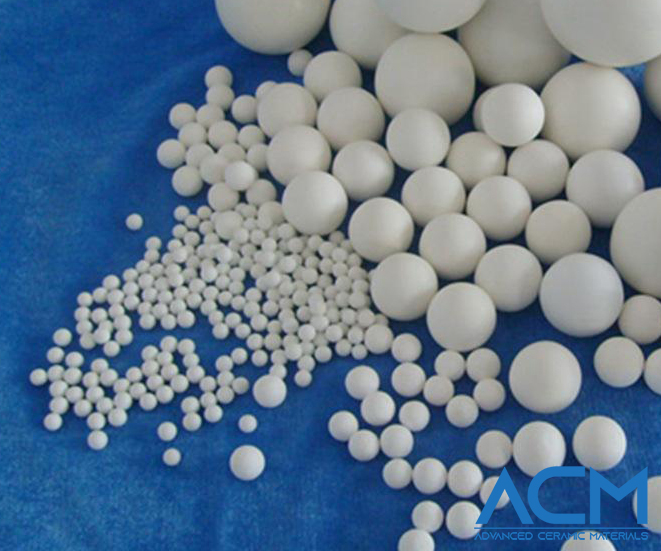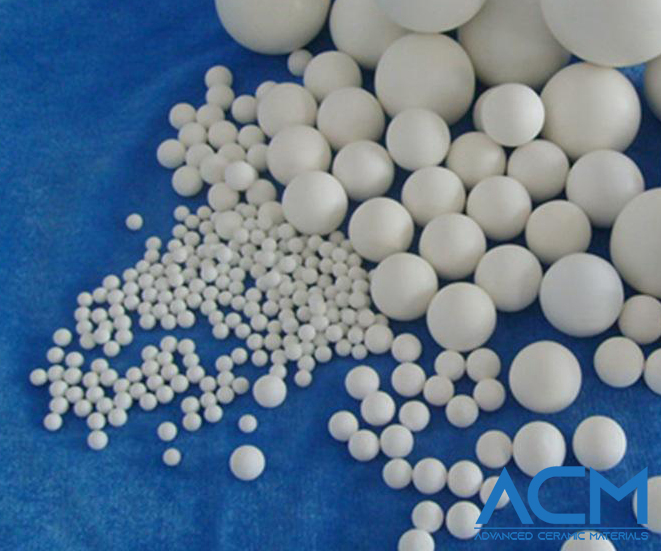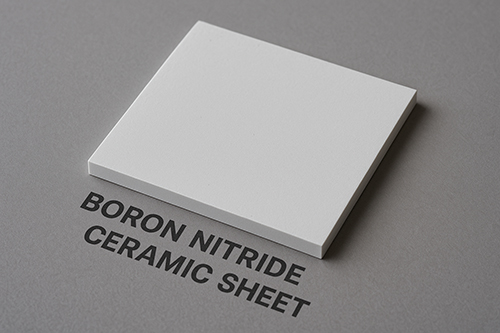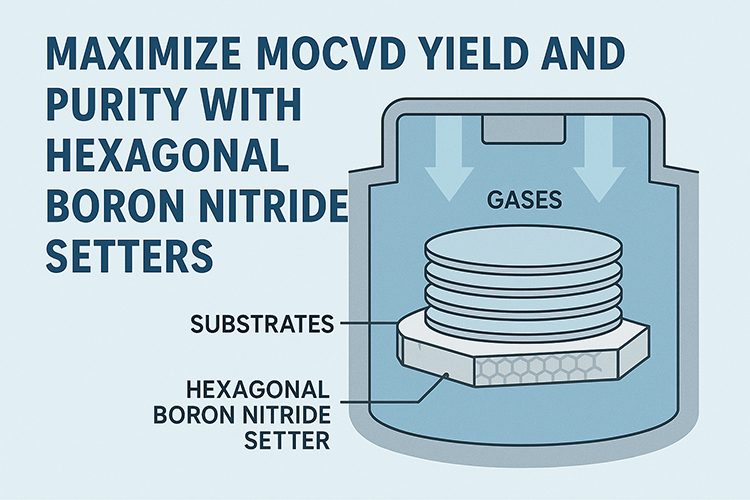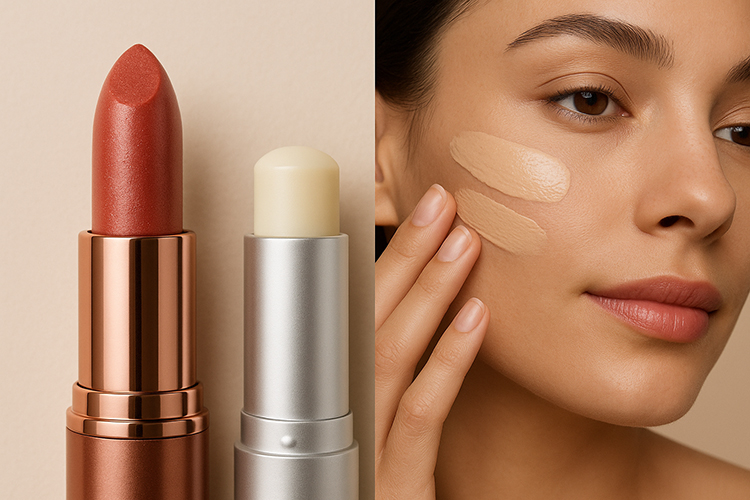Guide to Alumina Grinding Balls: Properties, Applications, and Selection
Alumina grinding balls are dense ceramic spheres made from high-purity aluminum oxide (Al₂O₃). Known for their hardness, chemical resistance, and thermal stability, they serve as essential grinding media in industries that rely on consistent, clean, and efficient particle size reduction.
Material Profile and Properties
These balls are typically manufactured using high-grade alumina powders—either calcined α-alumina or refined industrial alumina. With alumina content ranging from about 65% to over 99%, their performance scales with purity. Higher-purity balls offer improved wear resistance and less contamination.
Physically, alumina balls are extremely hard, reaching a Mohs hardness of 9. They resist both acid and alkaline corrosion, withstand temperatures well above 1000 °C, and maintain a stable structure under pressure. Their bulk density typically ranges from 3.6 to 3.8 g/cm³, which translates to high energy transfer during grinding. Wet milling tests often show wear rates as low as 0.01%, while dry milling places higher demands on both strength and wear resistance.
Forming Processes and Grades
Two forming methods are commonly used:
-
Rolled Balls: Shaped through rotary methods. More cost-effective, suitable for wet grinding.
-
Pressed Balls (Isostatic/Cold Isostatic Pressed): Formed under uniform pressure, offering higher structural density and better resistance to impact. Preferred for dry milling.
Alumina content also defines classification:
-
Mid-Alumina Balls (65–68% Al₂O₃): A budget-friendly option for less aggressive milling environments.
-
Mid-High Alumina Balls (70–80%): Suitable for general-purpose grinding with moderate demands.
-
High Alumina Balls (≥90%): Including 90%, 92%, 95%, and 99% grades—these are designed for high-wear, low-contamination, or high-temperature conditions.
Finer grain sizes often enhance wear resistance, especially under high-energy impacts.
Grinding Conditions: Wet vs. Dry
Wet grinding involves liquid carriers, often water or solvents, which help distribute energy, lower friction, and keep materials cool. It tends to produce finer, more uniform particles with minimal thermal stress. Alumina balls in this setup generally experience lower wear and are easier to clean—but require drying of materials post-processing.
Dry grinding relies on direct mechanical force, with no liquid phase. It’s ideal for materials that are sensitive to moisture or require simpler system setups. However, the process generates more heat and can lead to uneven distribution or “dead zones.” For this reason, dry grinding demands balls with higher impact resistance and lower wear rates—often isostatically pressed types with densities around 3.68 g/cm³ and wear rates between 0.04–0.08%.
Typical Application Fields
Alumina balls are used as grinding media across various milling systems:
-
Raw material milling in ceramics, paints, coatings, and electronics
-
Powder processing in mining, chemical engineering, and specialty materials
-
Wear-resistant components in ash-handling systems of thermal power plants
-
Structural elements like pump parts, seals, and valve seats in oil and gas drilling
-
High-load supports such as bearings and bushings in industrial equipment
-
Advanced ceramics for medical implants and insulating components in electronics
Selection Guidelines
Choosing the right grinding ball depends on several practical factors:
-
Define application needs: High temperature, wear intensity, or chemical exposure.
-
Match alumina content to the hardness of the material being milled. Harder materials typically require 92% or higher grades.
-
Consider microstructure: Finer alumina grains improve durability and reduce fracture.
-
Size selection: A mix of ball diameters can improve milling uniformity and energy transfer.
-
Match forming process to milling mode: Rolled balls are generally suitable for wet milling; isostatic-pressed balls are better for dry milling due to higher impact resistance.
-
Factor in supplier reliability: A consistent production process and technical support can ensure long-term performance.
-
Evaluate cost-effectiveness: Long service life and low wear rates often justify the higher upfront cost of high-grade materials.
Conclusion
Alumina grinding balls strike a balance between performance, durability, and cost. Whether for wet or dry milling, selecting the right grade and forming type based on your operating conditions can significantly improve grinding efficiency, reduce contamination, and extend equipment life. Their versatility makes them a practical solution for industries ranging from ceramics and minerals to energy systems and chemical processing.
At Advanced Ceramic Materials, we supply a wide range of alumina products tailored to both general-purpose and high-performance needs. Contact our team to discuss the best match for your application.
{{item.content}}
LEVE A REPLY
{{item.children[0].content}}
{{item.content}}
LEAVE A REPLY
SUBSCRIBE OUR NEWSLETTER
- Boron Nitride in Cosmetics: Enhancing Performance and Sensory Appeal
- Maximize MOCVD Yield and Purity with Hexagonal Boron Nitride Setters
- What Are the Advantages and Uses of Boron Nitride Ceramic Sheet?
- The Compression Annealing Advantage for Pyrolytic Boron Nitride
- Beyond Insulation: The Surprising Spectrum of Ceramic Thermal Conductivity









